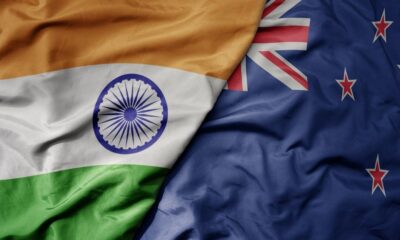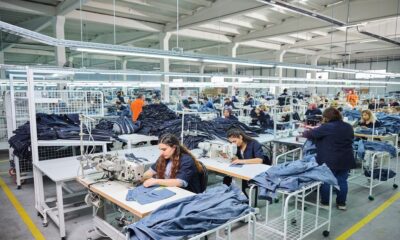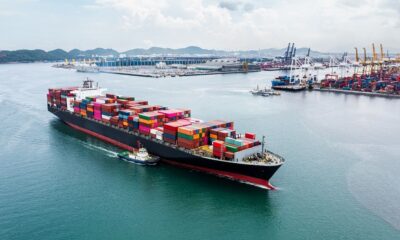Fashion
Vietnam’s PM order outlines steps to boost exports, diversify markets
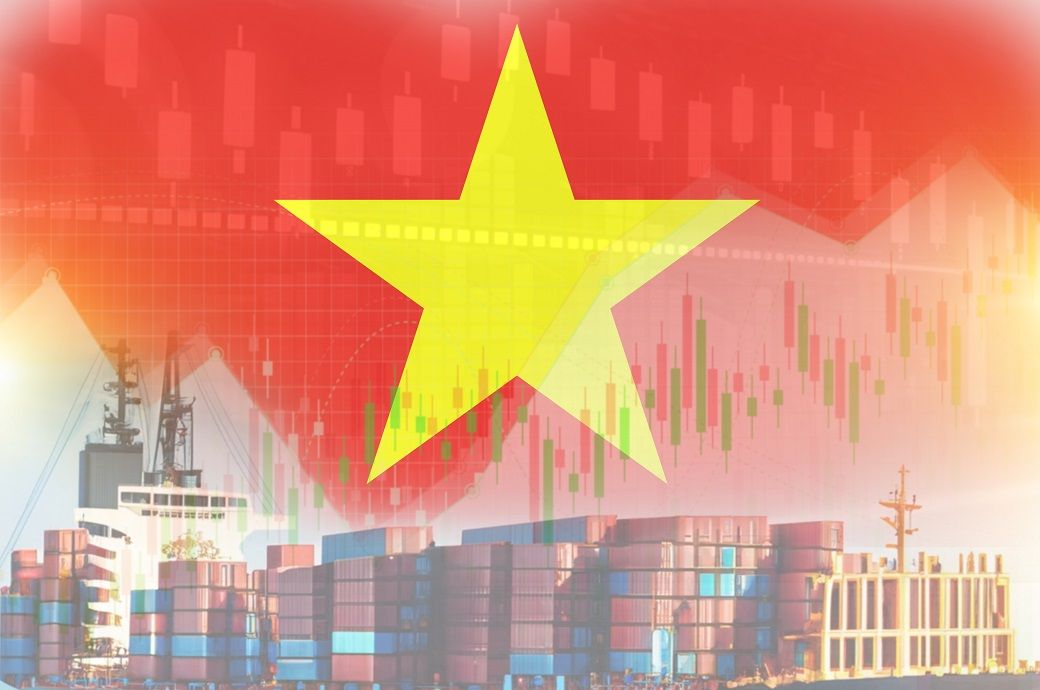
The country’s total trade revenue this year till September 15 was estimated at $673.21 billion—up by 17.2 per cent year on year (YoY), with exports climbing by 15.8 per cent YoY to $325.26 billion and imports rising by 18.8 per cent to $311.95 billion.
Vietnam’s PM has issued an order outlining steps to boost exports and diversify markets.
The Industry and Trade Ministry will lead efforts to monitor market conditions and trade policies of partner countries.
Major trade promotion programmes will also be launched in key markets.
Local authorities are instructed to attract large-scale projects by MNCs with global value chain participation capabilities.
The Prime Minister cautioned that despite these gains, global uncertainties, including strategic competition, conflicts and US reciprocal tariffs, pose significant risks for Vietnam’s exports.
The Industry and Trade Ministry will spearhead efforts to monitor market conditions and trade policies of partner countries, implementing flexible and timely solutions to boost exports, while addressing emerging challenges, a domestic news outlet reported.
The ministry will focus on capitalising on existing free trade agreements (FTAs) while working to sign new ones to tap such potential markets as the Middle East, Africa, Latin America, Central Asia, Eastern Europe, India, Pakistan and Brazil as well as the Mercosur and the Gulf Cooperation Council.
Major trade promotion programmes will also be launched in key markets, including the United States, the European Union, China, Japan, South Korea, the Association of Southeast Asian Nations (ASEAN), and India, while efforts to expand e-commerce and digital trade must be intensified.
Other solutions in the directive include refining mechanisms and policies to create a transparent investment environment, controlling product quality during customs clearance process, preventing imports of low-quality goods, intellectual property violations and origin fraud, strengthening economic diplomacy, and upgrading transport and logistics infrastructure.
The State Bank of Vietnam has been tasked with managing exchange rates flexibly and developing mechanisms to strengthen monetary and banking linkages in line with global commitments and legal frameworks.
Local authorities are instructed to attract large-scale projects by multinational corporations with global value chain participation capabilities. Besides, they must improve information-sharing with producers and packaging facilities to prevent congestion in cross-border agricultural trade.
The directive asks exporters to promote investment in science and technology, diversify supply chains, build stronger brands and target niche markets.
Fibre2Fashion News Desk (DS)
Fashion
India, New Zealand advance towards comprehensive FTA
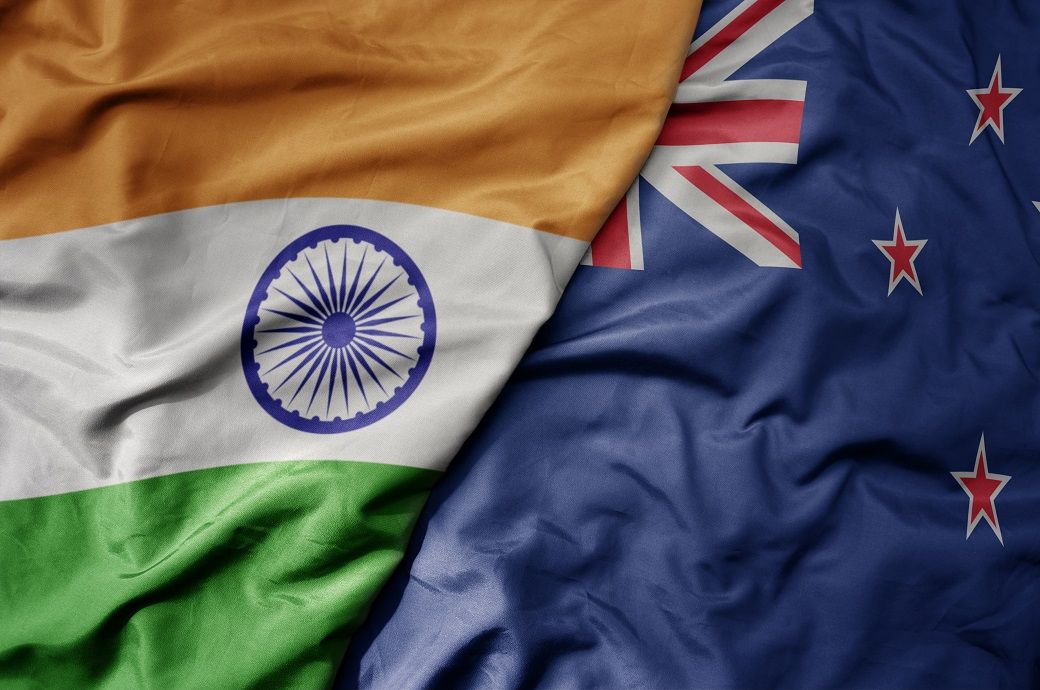
Following five days of constructive and forward-looking discussions between the two sides, both delegations held detailed engagements across key tracks including trade in goods, trade in services, economic and trade cooperation, and rules of origin. The discussions reflected the shared ambition to strengthen economic ties and build a mutually beneficial partnership that supports resilient, inclusive, and sustainable growth.
India and New Zealand concluded the fourth round of FTA negotiations, led by Ministers Piyush Goyal and Todd McClay, reaffirming their commitment to a modern, comprehensive pact.
Talks covered goods, services, and cooperation, aiming to boost trade, investment, and supply-chain resilience.
Both sides agreed to maintain momentum toward an early, balanced, and mutually beneficial agreement.
Guided by the leadership of Prime Minister Narendra Modi, India remains committed to forging deeper economic partnerships that contribute to global prosperity and secure supply chains. The ministers noted that the proposed FTA is expected to significantly enhance trade flows, deepen investment linkages, strengthen supply-chain resilience, and provide greater predictability and market access for businesses in both countries, the Ministry of Commerce and Industry said in a press release.
The ongoing discussions reflect the shared resolve of both nations to expedite the process and work towards an early, balanced, and mutually advantageous conclusion of the agreement.
India’s bilateral merchandise trade with New Zealand stood at $1.3 billion in FY 2024–25, marking a year-on-year growth of nearly 49 per cent. The proposed FTA is expected to unlock further potential in sectors such as agriculture, food processing, renewable energy, pharmaceuticals, education, and services, creating new opportunities for businesses and consumers alike.
Both sides agreed to sustain momentum through inter-sessional work and continue detailed discussions across all chapters with a shared determination to move towards early convergence on the India–New Zealand Free Trade Agreement.
Fibre2Fashion News Desk (RR)
Fashion
Global businesses eye growth during China’s longest Singles’ Day sale period to date

By
Reuters
Published
November 11, 2025
Black Friday? No. Cyber Monday? Nope. Prime Day? Absolutely not. The world’s biggest shopping event happens in China each year – and is called Singles’ Day.
Originally a holiday to celebrate being single, as a counter to Valentine‘s Day, the event has grown into a weeks-long online shopping festival that this year began on October 9 and runs through November 11 – making it the longest Singles’ Day sales period ever.
The idea for Singles’ Day originated at China’s Nanjing University back in 1993 and was originally called “Bachelor’s Day.” On the day, single people treat themselves with gifts and presents, while also organising social gatherings and parties.
Last year, the total value of goods sold during the shopping bonanza – also known as “Double 11” – totalled 1.44 trillion yuan ($202 billion), according to data provider Syntun. That is almost five times the $41.1 billion US shoppers spent last year during Cyber Week, the period from Black Friday to Cyber Monday, per data from Adobe Analytics.
Cyber Monday immediately follows Black Friday, which falls on the day after the US Thanksgiving Day holiday, the busiest shopping day of the year in the US. But growth has been harder to come by for major e-commerce players in China, which have extended their Singles’ Day sales period and leaned heavily on subsidies and coupons to entice spending. Last year’s sales growth rate of 27% was largely attributed to a longer overall festival period.
This year Alibaba Group pledged 50 billion yuan in subsidies for its 88VIP members over the Singles’ Day period. The event has, in recent years, lost some of its novelty with the rise of other shopping festivals in China, including the midyear “618” sales which is the country’s second-largest, and has also lengthened to a weeks-long event.
While Alibaba started “Double 11” in 2009 to win over online shoppers with discounts and promotions, China’s major e-commerce platforms now all take part in it. JD.com joined in 2012 and PDD Holdings-owned Pinduoduo has also become a significant player, offering low-cost products in competition with Alibaba-owned Tmall and Taobao platforms.
Last year, categories covered by a national 150 billion yuan household-appliance-subsidy scheme outperformed. With a higher comparison base this year, those categories are expected to decline. Nomura analysts forecast in October that home appliance sales will fall 20% in the fourth quarter in China. Instant retail – one-hour delivery of online orders – is also a focus this year. Alibaba and JD.com have poured billions into subsidies throughout 2025 to attract shoppers to rapid-delivery channels, which have been growing faster than e-commerce overall.
Many global companies, from apparel maker Nike to cosmetics firm Estee Lauder and consumer goods giant Procter & Gamble, have a big presence on Chinese e-commerce platforms such as Tmall and JD.com. Aggressive discounting has been a hallmark of Chinese shopping festivals since pandemic restrictions ended in China in late 2022, though consumption overall has remained sluggish as people save more in the face of macroeconomic challenges and a prolonged property crisis.
According to Alibaba, 35 brands, including Nike, L’Oreal, and local firms Anta and Proya, sold more than 100 million yuan of merchandise in the first hour of the sale this year. At a press conference a few days into its Singles’ Day sales period, JD.com said it would list over 100,000 “hit” products at its lowest prices of the year and sell 50,000 pairs of thermal Long Johns at 2 yuan each, shipping included.
Phone sales are expected to be strong this year, given recent launches of Apple‘s iPhone 17 series and Xiaomi‘s 17 series in September. Within the first two hours, sales of iPhone on Apple’s Tmall store exceeded the full-day total for the same period last year, according to Alibaba, which did not disclose specific figures.
© Thomson Reuters 2025 All rights reserved.
Fashion
From Seoul to the world: How Korean fashion dominates 2025

K-fashion in 2025 stands as a global movement defined by creativity, inclusivity, and cultural pride.
From gender-fluid tailoring to acubi minimalism and futuristic punk, Korean designers are setting global trends.
With sustainability and tech innovation at its core, Seoul is not just following fashion—it is leading it with confidence and conscience.
Source link
-

 Fashion1 week ago
Fashion1 week agoCoach reconnects with Bank & Vogue for upcycled bags using corduroy
-

 Tech1 week ago
Tech1 week agoCISOs in court: Balancing cyber resilience and legal accountability | Computer Weekly
-

 Sports1 week ago
Sports1 week agoBears’ Colston Loveland bounces off 2 defenders to score clutch TD for win over Bengals
-

 Fashion1 week ago
Fashion1 week agoGermany’s Adidas achieves highest-ever quarterly sales in Q3 2025
-

 Business1 week ago
Business1 week agoFirst new Amazon electric heavy goods vehicles hit UK roads
-

 Sports1 week ago
Sports1 week agoNFL broadcaster Cris Collinsworth makes government shutdown joke as Seahawks clobber Commanders
-

 Politics1 week ago
Politics1 week agoAfghanistan rocked by 6.3-magnitude quake in Hindu Kush mountains
-

 Sports1 week ago
Sports1 week agoWeek 10 Power Rankings: Oregon jumps into the top 5; three teams join the list


